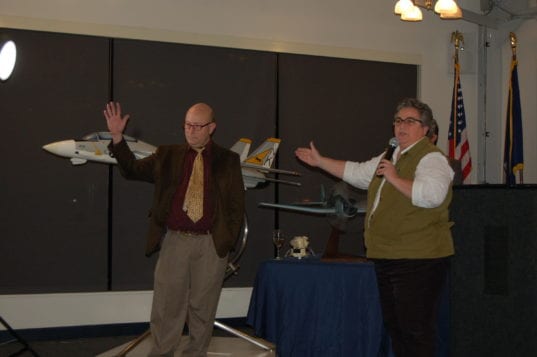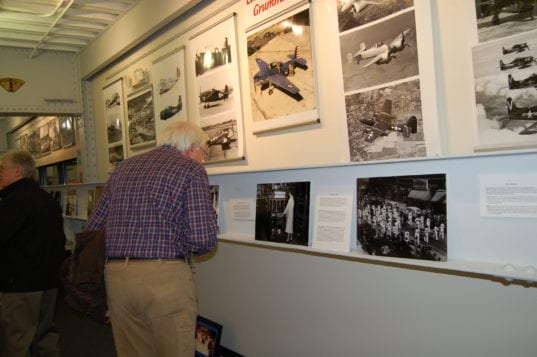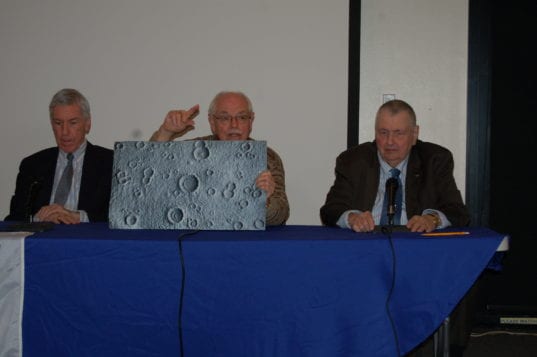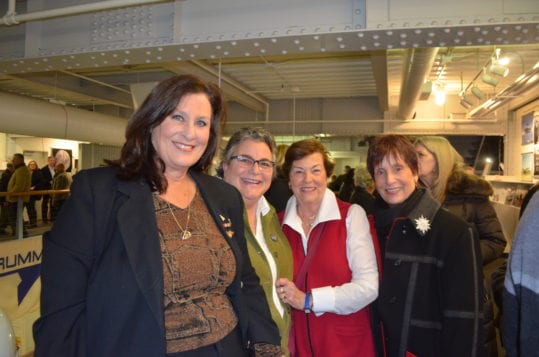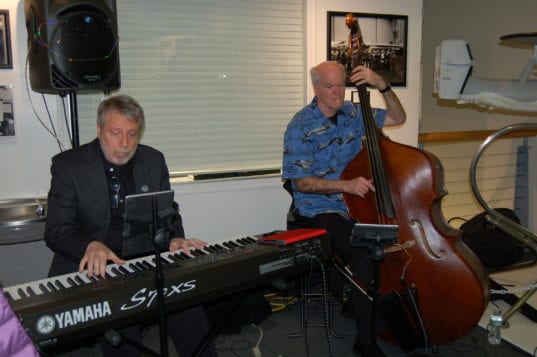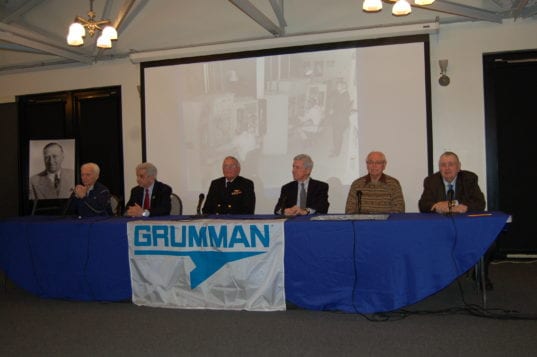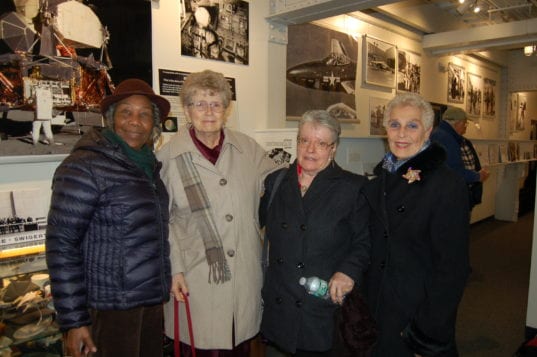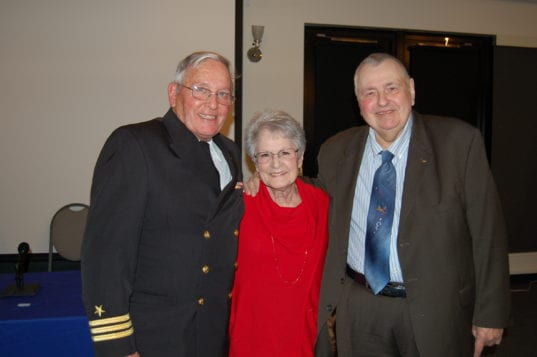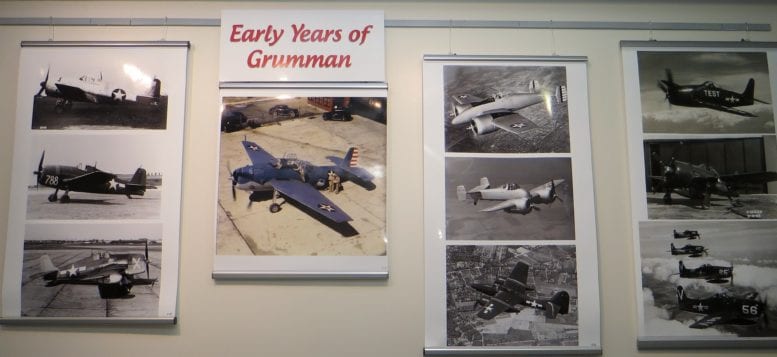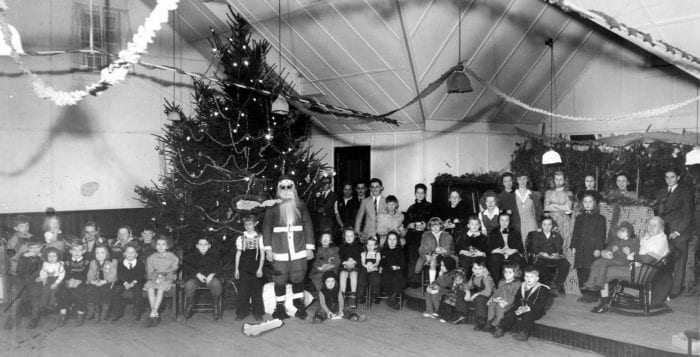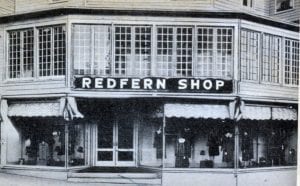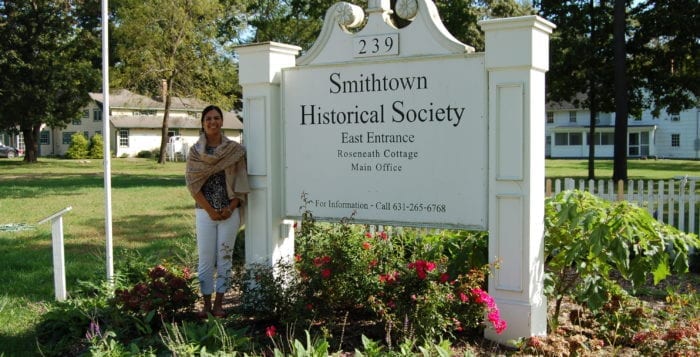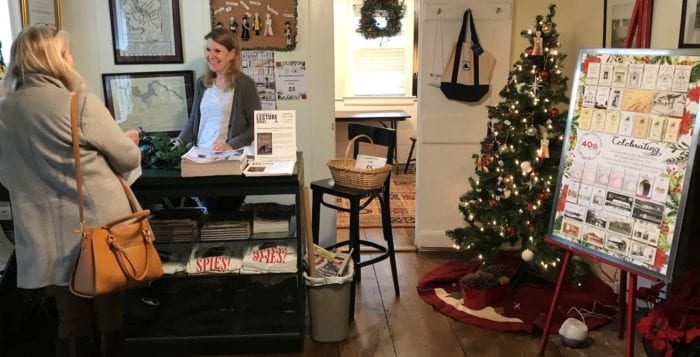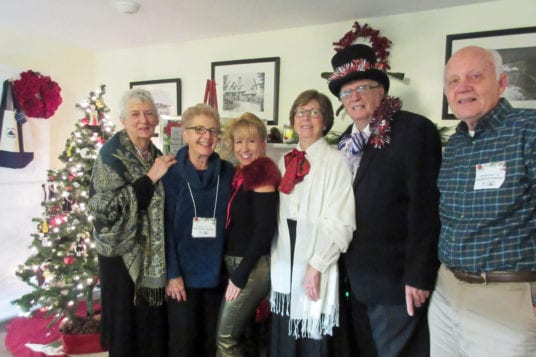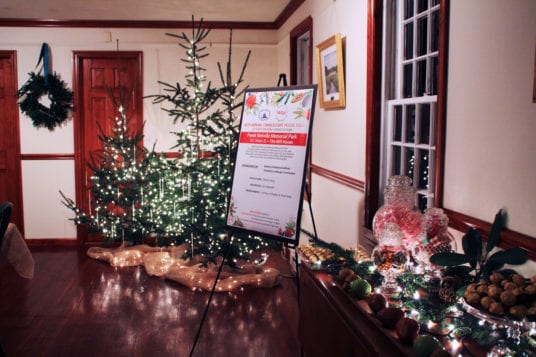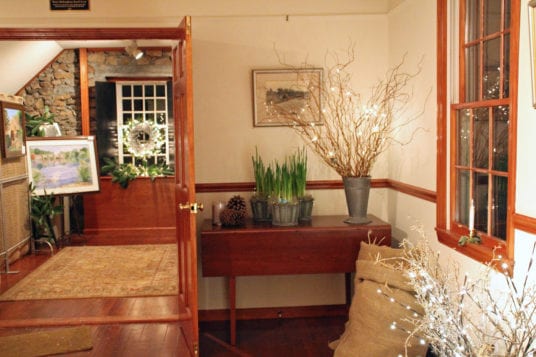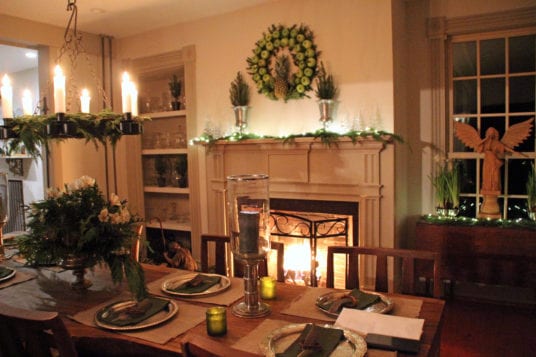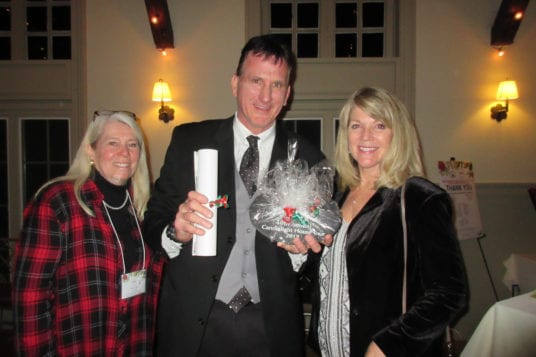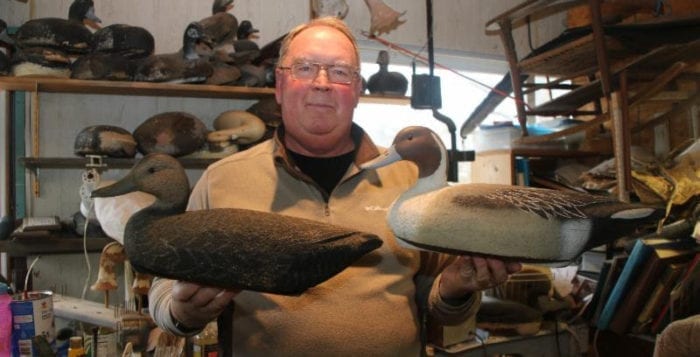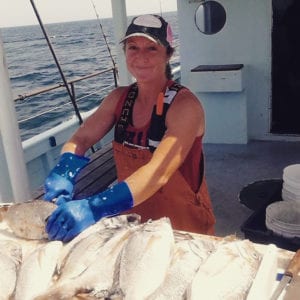By Heidi Sutton
Priya Kapoor came to the Smithtown Historical Society in 2016 as the director of development and public relations. This January she was made interim executive director and was confirmed as the permanent executive director of the society in March. Her responsibilities include overseeing the 22-acre property and the buildings on the campus, as well as organizing and managing over 100 fundraising and community events held by the society each year. I recently had the opportunity to interview Ms. Kapoor about her new position.
How is Smithtown rich with history?
Smithtown is one of the oldest towns on Long Island, and we’re very fortunate to have a lot of that history still available to us.
The founding of Smithtown can be dated back to 1665; Richard Smith, town founder, was said to have made a deal with a local Native-American chief that any land Smith could encircle while riding a bull in one day would be his. By choosing the longest day of the year, Smith acquired the land known today as Smithtown. He was also granted land patents by the English government in 1665 and 1675.
Over 20 buildings throughout the Town of Smithtown are listed on the National Register of Historic Places. It’s a rare treat to be able to walk down the street and see the same buildings your grandparents and great grandparents grew up with!
What are some things the historical society does?
The historical society puts on 100 events a year — everything from adult education classes (cooking and crafting, for example) to summer camp programs, annual fairs like the Heritage Fair every September, and we host a monthly Historical Book Club as well. Not to mention our Farm Program, maintaining our historical buildings, etc.
What kind of events does the society offer to the community?
Each event is a little different. We host events like the President’s Valentine Brunch and the Holiday Luncheon — opportunities for our members and the community at large to celebrate holidays with us. And, of course, our annual fairs: the Spring Farm Festival, the Heritage Fair and the Heritage Country Christmas Fair. Again, it’s all about bringing our community together in a way that honors our history — we try to have traditional craftspeople like spinners, weavers, blacksmiths, etc. at all our fairs.
What types of programs does the society offer?
Our adult education classes often focus on crafting (we had a felt dryer ball making class, for example) or cooking (I taught two Indian cooking classes) — something educational in nature that our community might not have a lot of experience in. These go hand in hand with our annual lecture series, in March and September/October, and exhibit openings at the Caleb Smith House Museum in March.
What event do you look forward to every year?
I’m fond of the Spring Farm Festival, an annual event that happens in late April-early May. Our sheep get sheared, we have lots of traditional craft demonstrations (wool dying, wood carving, cheese making, etc.), as well as a robust vendor area. It’s really the first sign that spring has come back, and what’s better than that!
What programs have you implemented?
We try to come up with new and exciting events each year. For example, in July 2018 we started the Water Festival, which was attended by over 100 people. The festival included sprinklers and water games for children, and we hope to grow this event in the coming years.
This past year we also hosted the Nesconset Chamber of Commerce’s Project Haunt in our Rockwell Barn Complex. Local high schoolers transformed our space into a spooky museum of horror-themed attractions, as well as gave kids a safe space to trick or treat.
We are currently in the process of restoring the Obadiah Smith House, ca. 1700, which is the oldest of our properties. We have received a grant from the Preservation League of New York State for the initial assessment, and we hope to take this project further in the coming years.
The other newest program implemented is our Patch Partnership with the Girl Scouts — available in both an online format and one where the Scout comes to the historical society. Through this program Girl Scouts learn about life on the farm and women in Long Island’s history.
What is your vision for the future in terms of new events?
We have adult education classes, we have children’s programming — I’d like to see more events that focus on families. We’ve run a few in the past where the parents help their kids build or create something, but those programs are definitely few in number compared to our other programming. In addition to new events, we also hope to come up with new initiatives to help the local community and give back to others.
Do you have a strong support system?
We couldn’t operate without one! Between our dedicated volunteers and staff, the community at large and our local government officials, we’ve got a very strong support system. We are especially thankful to our board members, for their guidance and support.
Are you looking for volunteers?
We are very fortunate to have a dedicated and hardworking volunteer base, and we express utmost gratitude to them for their efforts. But we are always looking for more volunteers to help us with our farms, grounds and events. We’re always on the lookout for volunteers. Our needs vary from mass mailings to grounds work, decorating for the holidays to manning an admissions table at one of our fairs. We’re also in the process of creating a volunteer orientation to help ease interested folks into the society.
What historic buildings are on the property?
We have four historic buildings on our main campus: the Roseneath Cottage (ca. 1918), the Judge John Lawrence Smith Homestead (ca. 1750), the Franklin O. Arthur Farm (ca. 1740) and the Epenetus Smith Tavern (ca. 1740). We also have the Caleb Smith House (ca. 1819) and the Obadiah Smith House (ca. 1700) under our care, though they are off-campus.
The Roseneath Cottage, our youngest building, serves as our main office; this arts and crafts bungalow underwent a complete restoration (and renovation!) when it became our headquarters. The homestead, while originally built by the Blyndenburgh family, became the family home and office of Judge John Lawrence Smith in the 1800s. As his health declined and he got older, court was moved from Riverhead to be tried in his personal chambers. It’s currently set up as it would have been during his life, complete with his study and parlor.
The farm and the farmhouse have undergone some change throughout their lives; while the oldest part dates from the early 18th century, additions were made throughout the 19th and 20th centuries. The complex also includes a 19th-century barn (home to our sheep, pony and chickens!) and carriage house.
The final historic home on the property would be the tavern; the pre-Revolutionary War structure was originally found on the corner of Middle Country and North Country roads in 1972, after having been moved twice before. It was a popular stop on the Brooklyn to Sag Harbor stagecoach route in the 1770s, and was used often by British soldiers during the Revolutionary War. Much like the farmhouse, the tavern has undergone some alterations throughout the centuries; the oldest bit dates to the 17th century, the main portion circa 1740; there were additions and alterations in the 19th and 20th centuries.
What is so special about Smithtown?
Smithtown is a town that really cares about its history and celebrates it. We have community members come to our events and say that it’s a tradition in their family to attend; they came as a kid with their parents and are excited to bring their own children today. The support we get from the town government also speaks to this — they’re very aware that one of the most special things about Smithtown is its history, and they go to every length to help preserve that.
What do you love about your job?
I love that my job allows me to stay connected with the Smithtown community, while being able to add to it in a positive and impactful way.
Why is it so important to preserve our local
history?
Smithtown, up until 50 years or so ago, was pretty rural. It can be hard for today’s kids to imagine the open space, farms, etc. that used to make up their towns, especially when they get a look at Main Street today! Knowing where you come from is important; acknowledging those who came before you adds meaning to where you are now. For us to see clearly where we came from, that’s how we appreciate everything we have today.
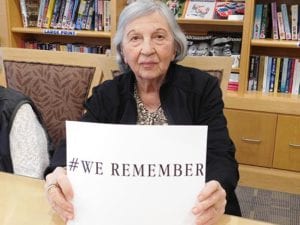
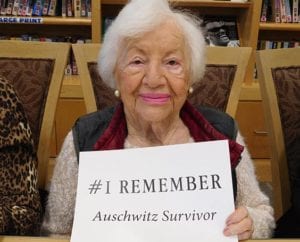

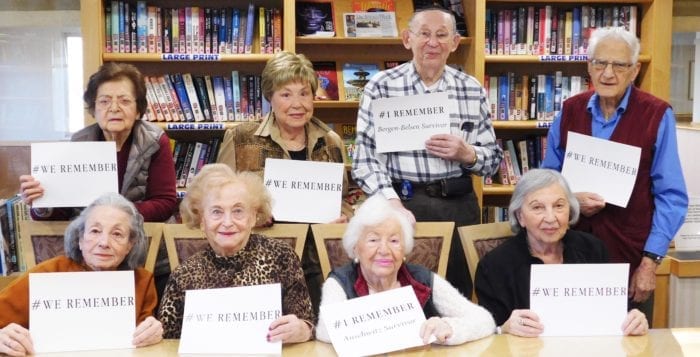
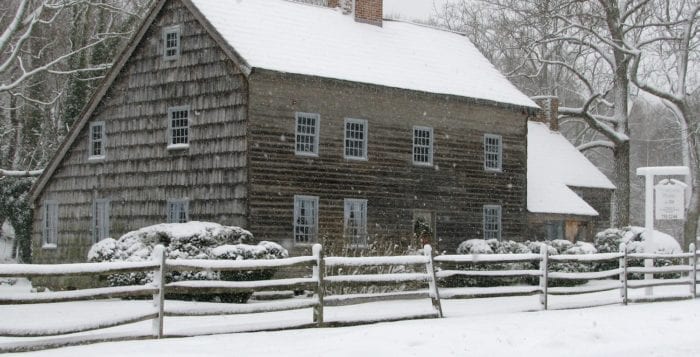
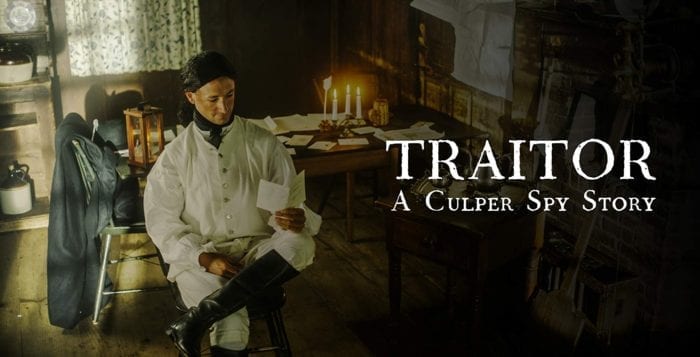

 Now the shoe is on the other foot.
Now the shoe is on the other foot.